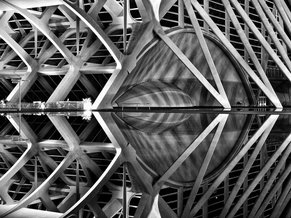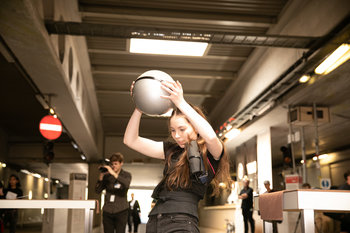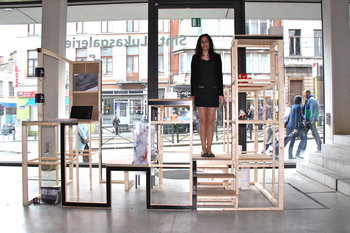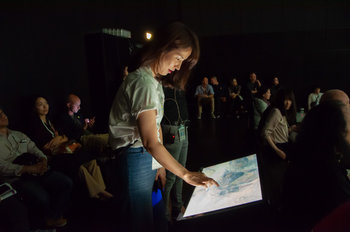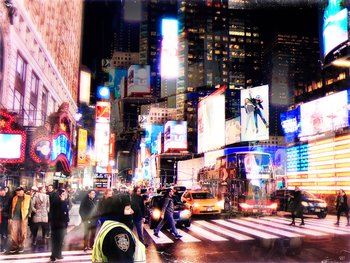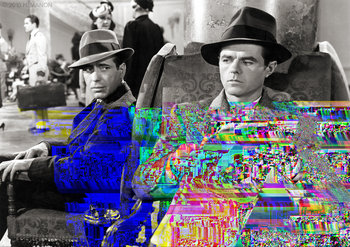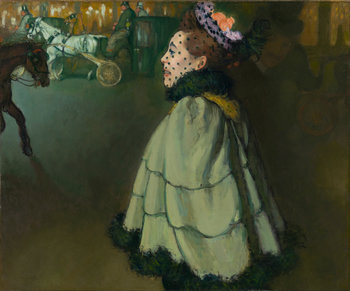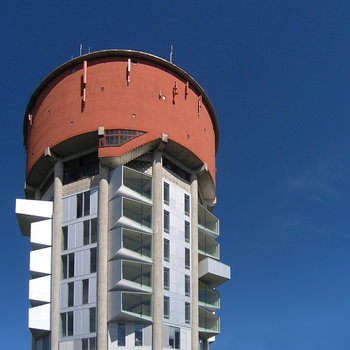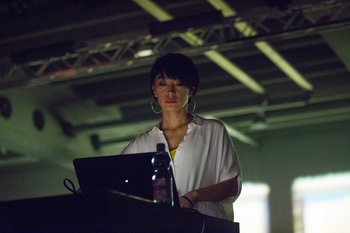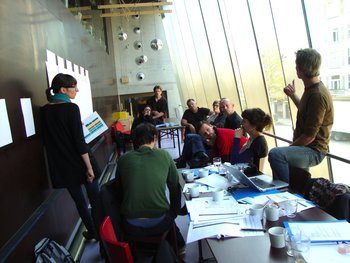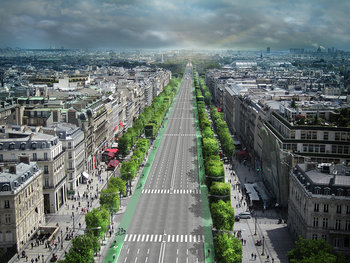
Requirements
Design is driven by functional requirements.
Minimalism
Design includes nothing beyond filling requirements in the simplest way possible.
Embrace the Basics
Designs need not be creative – basic time-tested designs can be used over and over.
Repetition
Designs can have repeated elements such as an office plan with 300 identical cubicles per floor and 40 identical floors.
Less is More
Removal of decoration and other human elements of design in pursuit of brute functionality.
Efficiency
Efficiency and austerity such as the cheapest materials that will fill a requirement.
Truth to Materials
Practical materials such as concrete or plastic that don’t pretend to be something they are not.
Timelessness
By not decorating anything designs are less likely to go out of style.
Cultureless
Cultureless designs that can be scaled globally to every nation and every city.
Lack of Time and Place
No consideration is given to history, community or the environment of a place. This allows for global industrial scale.
Non-functional Requirements
Post-industrial designs are focused on non-functional requirements such as branding, aesthetics, customer experience, usability, human factors, sustainability, risk and compliance. Form follows function is an industrial-age principle that fails to consider such factors and appears to advocate sidelining them.
Less Is A Bore
Form follows function is commonly used to suggest that all ornamentation is useless to design. This is criticized as lifeless, boring and excessively plain. Louis Sullivan, the influential modern architect who coined the phrase form follows function, was known for his use of lush Art Nouveau decorations. He used the rule to define the major shapes of his designs and not as a philosophy against all artistic decoration.Form Follows Nature
There are alternatives to form follows function such as organic designs that mimic natural forms or integrate with natural settings.Vernacular Architecture
Local culture isn't considered by form follows function and tends to result in a building in Paris looking like a building in Tokyo or Toronto. Much modern architecture is culturally monotonous in its pursuit of function.There's More Than One Way To Do It
Rectangles tend to maximize space and are thus highly functional. Form follows function, and modern architecture in general, has become associated with repetitive and unimaginative use of rectangular forms. As such, form follows function is associated with uninspired designs that use a principle as an excuse for mediocrity.Non-Functional Requirements
Form follows function may not give proper consideration to non-functional requirements such as human factors, sustainability and aesthetics.| Overview: Form Follows Function | ||
Type | ||
Definition | A principle of architecture that states that the shape of structures is dictated by their function. | |
Origin of the Term | Coined by American architect Louis Sullivan in the late 20th century. Sullivan is architected the world's first steel skyscrapers. | |
Value | Practical designs that fulfill their function. | |
Common Criticisms | Potentially excludes all non-functional requirements in areas such as aesthetics, human factors, sustainability, community, culture, usability and user experience. | |
Related Concepts | ||







